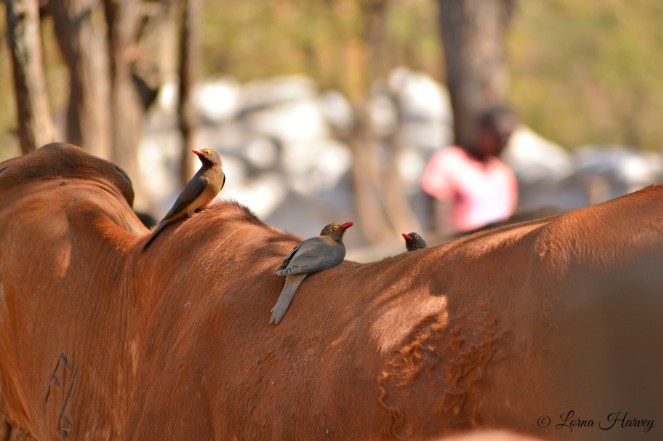I know how scientists love their facts and I want to spread that factual-love to the rest of you. So every Friday I’ll be writing a small blog of any animal in the animal kingdom from mammals to reptiles and insects to fish.
For my first #FridayFact feature, I’ll introduce you to the Red-billed Oxpecker (Buphagus erythrorhynchus). Also known as ‘TickBirds’ they are often seen hitching rides on the back of many game animals across Africa. Oxpeckers rid many antelope and even cattle of their ticks and other small parasites found on their skin and in their coats. The birds also use their hosts as perches for displaying, mating, and as a source of nest material.

Their red-bills are shaped perfectly for the job, being pointed and flattened it helps them work their way through the coats in a scissor-like fashion easily prying out well embedded parasites. Oxpeckers are also known to help clean open wounds targeting rotten tissue.
The Red-billed Oxpecker has a cousin, the only other species in the Buphagidae family, the yellow-billed Oxpecker, which is far less common. At one stage it became extinct in South Africa, but in recent times it has naturally re-established itself from the North. The yellow-billed Oxpecker removes ticks in a slightly different way by using its stout beak to pluck parasites off its hosts, instead of the red-bills scissor-like method.
The birds also have another function for their hosts, they act as watchmen. Their rattling alarm calls gives the antelope advance warning of any approaching predators. While Oxpeckers are not threatened, their numbers have declined in areas where farmers use toxic pesticides.





One thought on “A New Weekly #Scicomm Feature – #FridayFact”